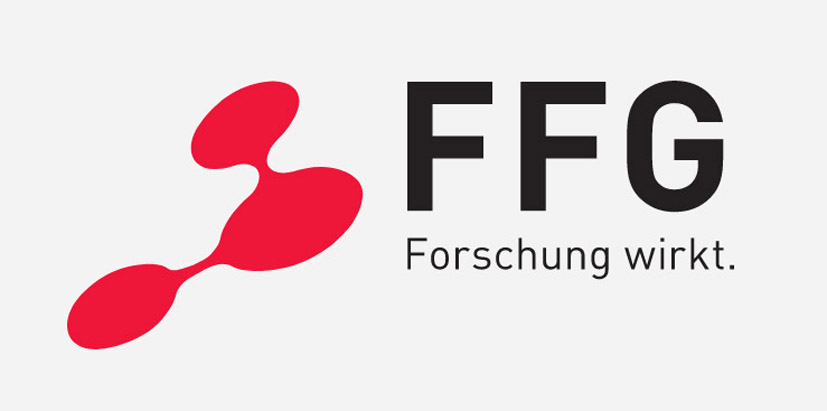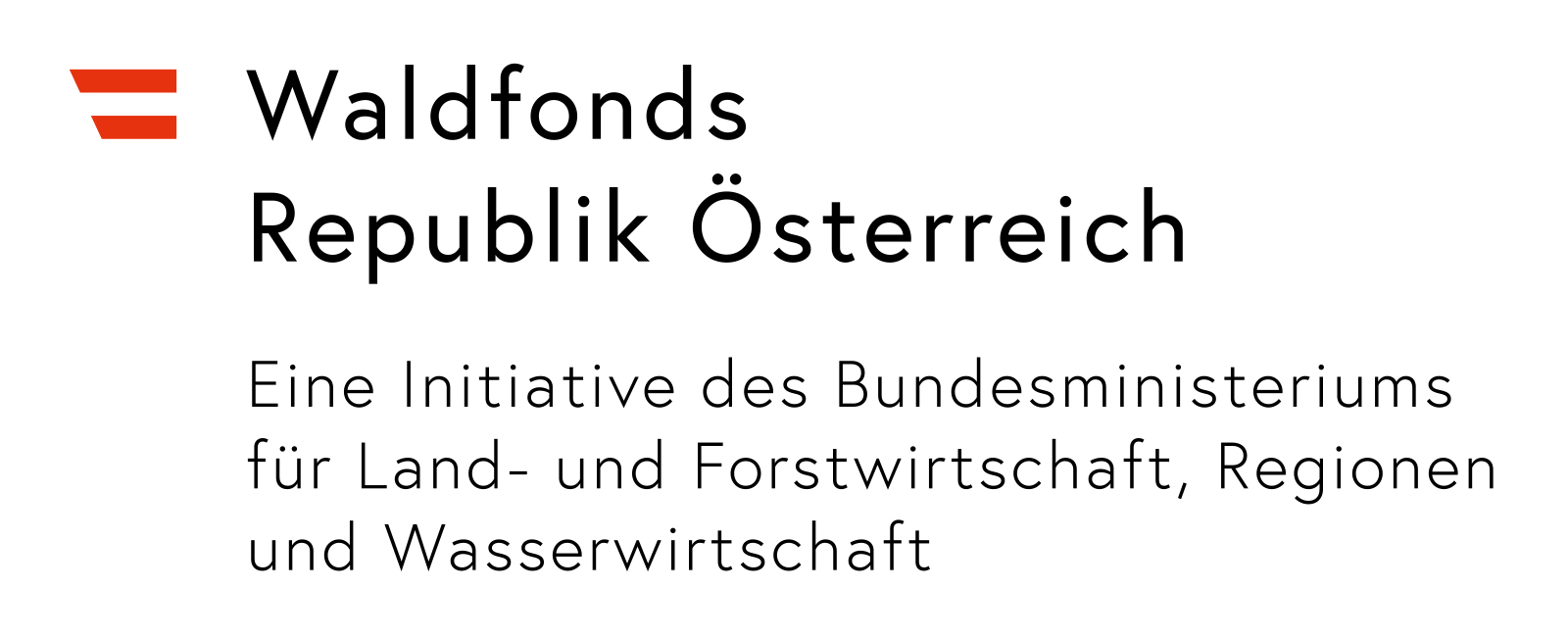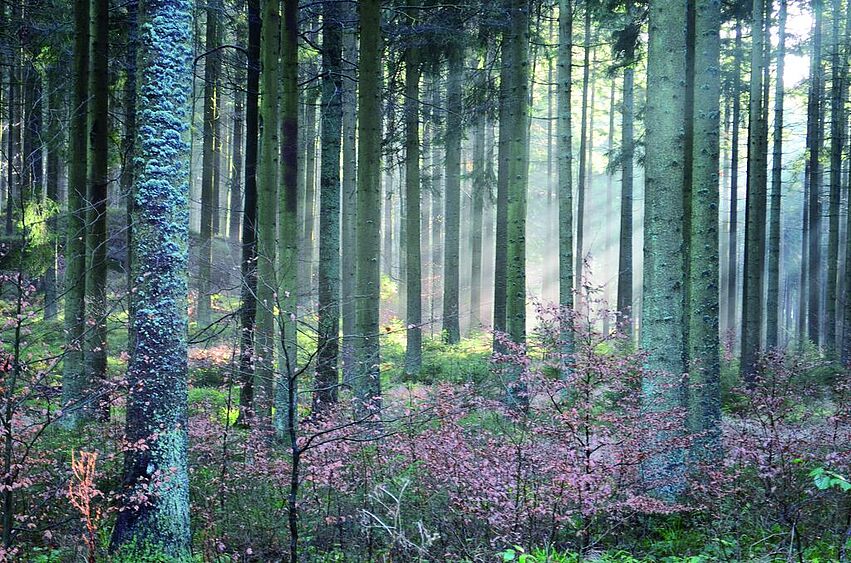INITIAL SITUATION
In the course of its growth, wood absorbs carbon dioxide (CO2) from the environment and stores it in the form of carbon. This leads to a reduction of the greenhouse gas in the atmosphere and thus makes an important contribution to mitigating the climate crisis, especially if the CO2 remains bound in the wood for a very long time. Long-lasting wood products (mostly used in primary construction) in the building sector in particular fulfill this function. Even though this process is a temporary CO2 storage, it still avoids immediate emissions and thus supports the achievement of medium- to long-term CO2 reduction targets. However, this positive effect cannot be mapped with the current static method of life cycle assessment of building products (EN 15804+A2 and EN 16485). Here, the CO2 storage in the wood can be accounted for at the input to the system, but must be derecognized as soon as the wood leaves the system, regardless of whether it is subsequently reused, recycled or incinerated. In addition, the life of the product and the actual timing of emissions are not considered. Temporary storage is thus de facto not taken into account over the product or building life cycle.
OBJECTIVE AND METHODOLOGY
The primary objective of TimberBioC is therefore the development of a comprehensive system for mapping the temporary CO2 storage of long-lived wood products. The parameters essential for the quantification of the effect include the decomposition rate of greenhouse gases in the atmosphere as well as the net carbon uptake in the forest during the lifetime of the construction product, depending on the rotation periods of the relevant tree species and their predicted fluctuations due to climate change. These parameters will be determined by means of a dynamic forest model and will subsequently serve as input parameters for a dynamic wood product model developed in the project to assess the contribution to the greenhouse effect (including consideration of CO2 storage). The adequate consideration of the cycle management (reuse and recycling) of long-lived wood products and their effects on carbon storage, which have not been considered in LCA models so far, will also be included in the product model as additional input parameters. This combination of parameters has not yet been carried out for building products in this form, although individual parameters are used in models, e.g. for bio-based fuels, and can therefore serve as a starting point.
EXPECTED RESULTS
The expected result is a holistic quantification of the CO2 sink of structural timber considering all relevant and over time variable input parameters in different scenarios. The knowledge gained from the coupled models will subsequently be incorporated into a simplified model for sustainability assessments that addresses new regulatory, economic and societal challenges. In this context, the robust and well-founded methods developed in the project to determine avoided emissions and their actual impact on the climate crisis will play an important role.





